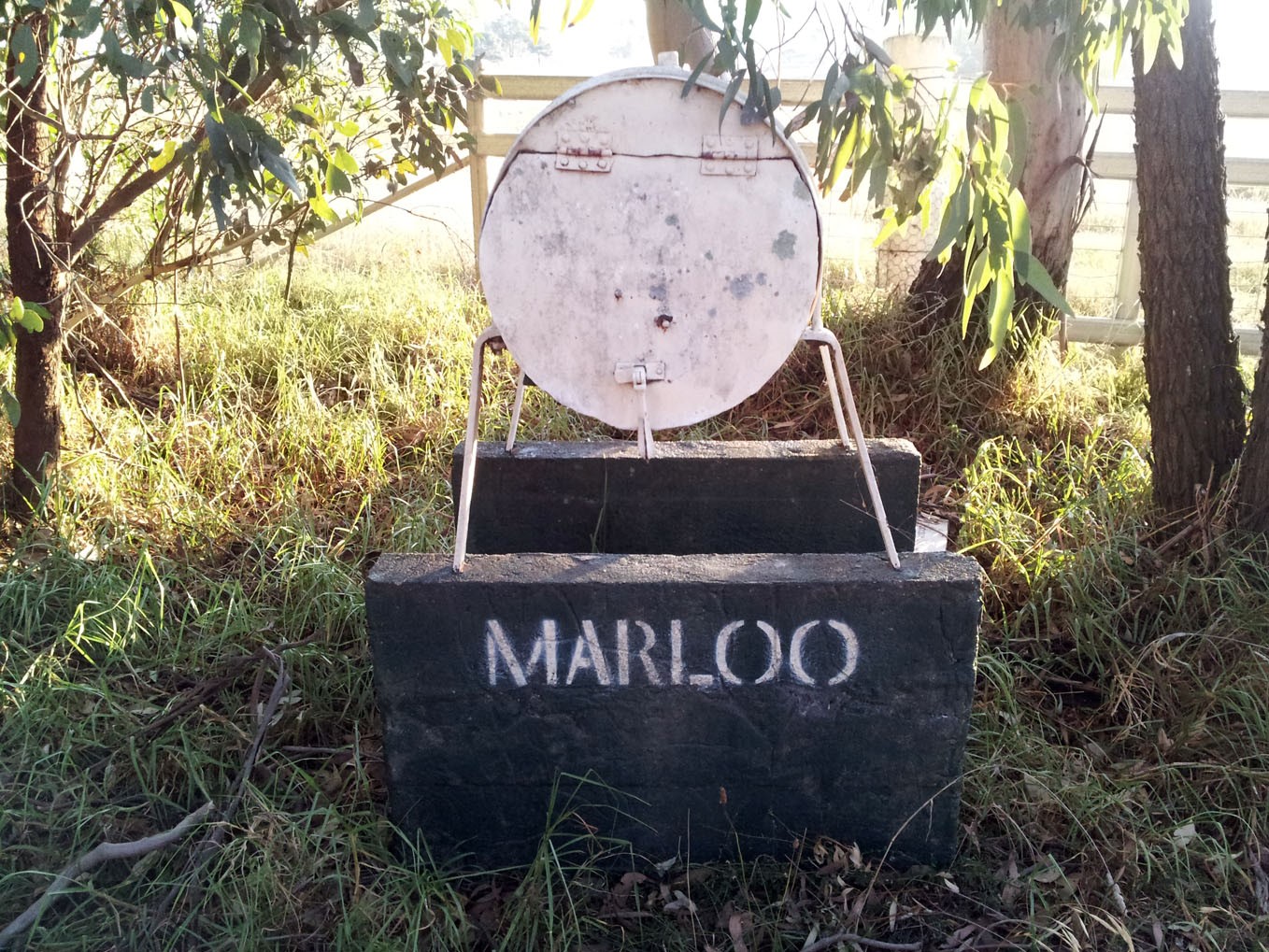Futurelands2 took place over a gorgeous sunny weekend in October 2016 with over 130 people participating. We will be uploading talks by each of our speakers in the very near future, but we'll begin by posting Alex Wisser's account of the idea of cultural adaptation, based on the introductory talk he presented at the opening of the forum.
In introducing Futurelands2, the second public forum on our changing relationship to land, I wanted to give a little context to the conversation we would engage in over the weekend. The story of its inception, like any good story, can be told from any number of perspectives. I thought I would begin from the perspective of an artist, and to speak a bit about how and why a group of artists would come to produce a public forum on land. As we hoped, we were able to spend the majority of our time talking about land and only a little bit of the time talking about art. It was important then, I thought, to introduce art into the frame through which we perceived our subject.
Kandos Projects talking about the impacts of coal on small communities and the environment. Futurelands2 expanded on this origin, diversifying the program to engage a wide spectrum of perspectives from economists to innovative farmers, Indigenous practitioners, philosophers, soil scientists and regional social entrepreneurs and included tours of a farming property and Ganguddy in the Wollemi National Park. This expansion was primarily due to the incredible energy of five artists and two academics (Ann Finegan, Laura Fisher, Ian Milliss, Gilbert Grace, Diego Bonetto, Lucas Ihlein and myself) loosely collected under the banner of a “fictional” educational institution, “The Kandos School of Cultural Adaptation”. This circumstance also meant that the forum would reflect the central focus of concern for our nascent institution: Cultural Adaptation.
The term Cultural Adaptation refers to an idea that Ian Milliss has been banging on about for some decades now - that if art can be seen as an activity that functions specifically to adapt culture to the changing conditions of social reality, then any activity that changes culture can be seen as art. The paradigmatic example, first chosen by Ian, is P. A. Yeomans, an agricultural innovator who developed radical new ways of farming, and in doing so changed the culture of farming, and more broadly, altered the way we as a society conceptualized and thus interacted with land. This is only one example: the idea of cultural adaptation applies across the span of human endeavour to any activity that changes culture, either in particular or in general.
This idea is exciting for an artist because it offers the opportunity for art to leave its white walled reserve and participate in the world not as rarified intellectual or aesthetic production, but as an embedded cultural practice that can be applied at any point at which change manifests itself across the spectrum of human culture. If culture is coextensive with society, and as diverse, plural, and many faced, then why is it that we assume its change is only wrought within the specialized pressure chambers of high art and academia. It seems to me more logical that if culture changes, it changes along all of its articulations, at every level, in every molecule and atom of which it is composed. Should this not be where we apply our attention? And if art has developed over the last 200 years as a specialized activity concerned with changing culture, is there not something that the artist can contribute toward these points of cultural change? What would it mean to bring the conceptual repertoire, the strategies and methods for shifting perception and challenging convention developed within the specialized field of art, to bear on points of cultural change outside of it? Is there not also something that art can learn from such encounters?
These questions inform the foundation of KSCA, and to a degree they were gratified at its inception. When I first met with farmer Stuart Andrews and presented the idea that he might partner his Natural Sequence Farming project with a group of artists, he naturally wondered why we would be interested to work with him. It was nearly the first thing out of his mouth. He said up front, "I'm no artist" and I replied that we had approached him precisely because we considered him an artist. He was not long in proving us correct. The work he is engaged in on his property, Marloo, is an activity as essentially creative as anything performed in the studio. His method is experimental and material. Ideas are applied to the land, tested, and evolved. As with art, risk taking and failure are an essential part of the process. But it’s the way that Stuart talks about disseminating the technique and the body of knowledge it generates that reveals his affinity to what is more traditionally known as art.
Stuart thinks about language with the same passion that he thinks about the land. In contrast to the more oppositional approach of his father, Peter Andrews (who invented Natural Sequence Farming), Stuart often considers and works within the given parameters of existing culture, the language and policy landscape of the society he seeks to change. Rather than directly challenge the status quo to an unlikely duel, he works with the existant legal and linguistic landscape to gain approval for his method and demonstrate its value to government regulators, policy makers and other farmers. In other words he has adapted the principle of Natural Sequence Farming - that of working with the land instead of against it - to the arena of culture, changing the one as he would change the other. If this is not the work of an artist, then I don't know what the work of an artist is. In a sense, Stuart has anticipated the strategy underpinning our school of cultural adaptation, for what else are we doing when we take this existing word artist and stretch it over an object that does not conventionally carry its meaning?
How this concept of cultural adaptation will develop can only be discovered through its application to specific material and social contexts. Futurelands2, as our initial engagement, provided a forum through which artists served as hosts to a diverse range of perspectives on the human relationship to land. One of the successes of the forum was the diversity of voices that we managed to bring into dialogue, some of which were unavoidably in tension with each other. Land care is a contended field of endeavour with a long history of diverging horizons of concern, each with its own conceptual frame oriented by a particular relationship to land. At this point, it’s only an observation, but it occurred to me that perhaps what we had achieved at Futurelands2 was a moment of logical diversity, or logos diversity – a diversity of languages that coexisted in a relatively harmonious system of exchange and interdependency. Like all such systems, they include conflict and competition, but are also most healthy or productive when this diversity is held open to the multiform of exchange available to them.












































